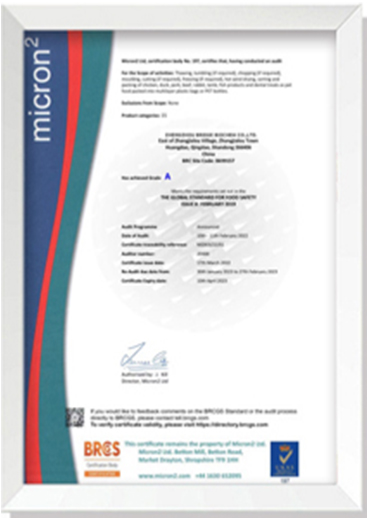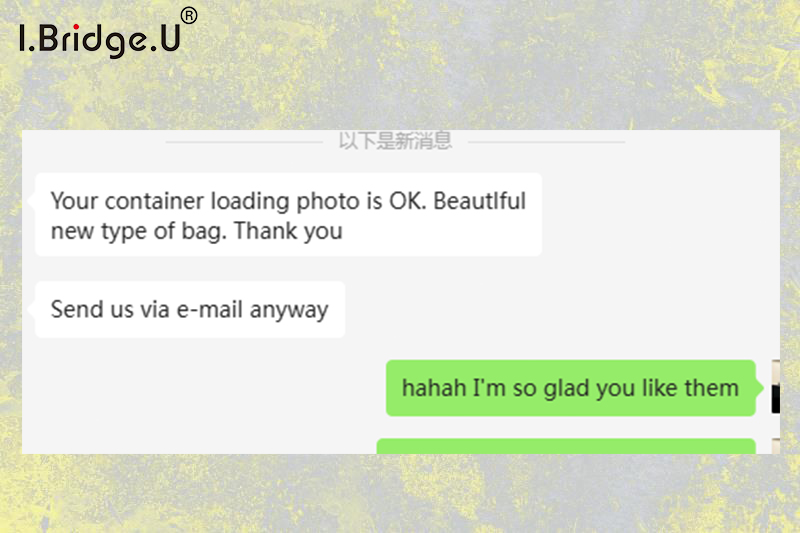Corn Gluten Meal is a very rich source of protein and vital nutrients, containing insoluble proteins, minimal amounts of starch and fiber fractions. Historically used as animal feed, this product has a high energy quotient (ME 4131K Cal/KG), making it an ideal poultry meal for Chickens, Broilers and Laying hens. Additionally, Corn Gluten Meal is packed with vitamins and minerals and offers generous amounts of Methionine and Xanthophyll’s. Meanwhile, Corn Fiber is derived from the outer kernel covering or seed pericarp of corn pap, which is composed of carbohydrate polymers, lignin, and around 10-25% adherent starch.
2.Production process:
Corn gluten meal is a by-product of the manufacture of maize starch (and sometimes ethanol) by the wet-milling process. Corn gluten meal is a protein-rich feed, containing about 65% crude protein (DM), used as a source of protein, energy and pigments for livestock species including fish. It is also valued in Pet Food for its high protein digestibility. Corn gluten meal is also used as a fertilizer and pre-emergent weed killer
Corn gluten meal is obtained wherever maize is used for starch extraction. It is distributed worldwide. Its production has become relatively constant since ethanol is now mainly produced by dry-milling, which yields corn distillers rather than corn gluten meal and Corn Gluten Feed
3. Application:
1) Cattle feed
Using corn gluten meal as concentrated feed can make part of the protein that cannot be digested by the rumen better digested and absorbed in the small intestine. Corn gluten meal contains linoleic acid, which can promote the lipid metabolism of chickens and the polymerization of essential amino acids.
2) Pig feed
The protein content of corn gluten meal is directly related to the apparent digestible energy value of pigs. Raw materials with appropriate energy-protein ratio or relatively balanced essential amino acids and non-essential amino acids have higher energy digestibility. Corn gluten meal with different protein content (CP: 52% produced in Northeast China, 47.4%, 32% produced in Beijing) is added to the basic feed of pigs. The added weight is 20%, 25%, and 30% respectively. The digestible energy of pigs is measured. The test results show that the apparent digestible energy of corn gluten meal containing 32% crude protein is higher, and the reason may be that its energy-protein ratio is more appropriate.
3) Chicken feed
The compound feed of laying hens mainly based on corn gluten meal can increase the egg production rate by about 15%. It can prevent and treat osteomalacia and other diseases of chickens, play a health-care and growth-promoting role, and is beneficial to improve the quality of egg protein.
4) Broiler coloring
Although the coloring of broiler skin has nothing to do with its nutritional value, influenced by traditional culture, consumers and breeders still use the coloring of broiler products as one of the main indicators to measure the quality of broiler products, which directly affects the price and demand of the broiler market.
Broilers cannot synthesize lutein by themselves and can only obtain it from feed. In order to obtain the ideal skin color, chemical synthetic colorants such as carmoisine red and carmoisine yellow are generally added to broiler feed. These colorants are sold at a high price, increase feed costs after addition, and remain in the bodies of livestock and poultry. The lutein content of corn protein powder is as high as 90-180mg/kg, which is more than 5 times that of yellow corn. It can be effectively absorbed, making eggs golden yellow and chicken skin yellow. The price of corn protein powder is close to that of soybean cake. In view of this, corn protein powder plus arsanilic acid can be used to replace chemical synthetic colorants to improve the coloring of broilers.
2.5% corn gluten meal and 90 mg/kg arsanilic acid were added to the diet of the experimental group, 100 mg/kg chromatin red was added to the diet of the colorant control group, and no coloring was added to the diet of the blank control group. The results showed that the color grade of the experimental group and the colorant control group was significantly higher than that of the blank control group, and there was no significant difference in the increase of the color grade of the gelatin between the experimental group and the colorant control group. The shank color of the broiler in the experimental group was dark yellow, and the appearance was in line with people's consumption habits. From the effect of the color of the slaughtered broiler, the effect of adding corn gluten meal was very close to that of adding chromatin red, and was significantly higher than that of the control group; the coloring effect of natural lutein in feed was slightly worse than that of chemical synthetic colorants, but by adding arsanilic acid, the body metabolism was promoted and the utilization and deposition rate of lutein in feed was increased, thereby changing the coloring degree of the broiler skin, and the effect was obvious.






























